You might be thinking about what organza fabric feels so feathery and plain-touch weary while maintaining proper transparency. Well, whether you choose this fabric for decoration or everyday wear, you must know how to care for this fabric at the end of the day. Go through this article to learn more about the organza fabric, including its properties, applications, and exciting features.
Figure: What is Organza Fabric?
What is Organza Fabric?
Organza fabric is a plain-woven fabric with delicate semi-transparency and minimal weight. It is conventionally made from silk-like fabric. Synthetic filament fibers weave this modern organza fabric today. Because of its sheer versatility, organza fabric is popular to wear on different occasions and at evening parties. From home decorations to bridal wear, organza has many uses in our daily lives.
What is Organza Fabric Made of?
The term “organza” has come from the French “organizing.” The fabric is from the city of Urgench, Central Asia, being the middle route of the Northern Silk Road. Organza was particularly made from silk formerly. China was the first place for the cultivation of silk material organza. After that, through the Silk Road, organza came from China to Europe. Later, the production of organza spread fast over the world.
But nowadays, this fabric is mostly found in synthetic fiber. Synthetic here means the use of polyester and nylon. However, organza weaving mills are in the Zhejiang province, near the Yangtze River. Like China, India has also become the largest exporter of this fabric, especially in the Bangalore region. You may find high-quality organza from France and Italy, too.
Manufacturing Process of Organza Fabric
You may find this fabric's manufacture or weaving process much more complex yet accurate. Sometimes, people weave organza fabric by hand. In that case, there can be a seeing difference in quality.
Step 1: Twisting
When the filament fibers become produced, two of the fibers turn twisted firmly from opposite directions. This process is to make the yarn.
Step 2: Acid Treatment
With Acid, yarns formed as combed and well-treated. After that, the yarn faces weaving into a piece of fabric. Such processes make the material inflexible. Not every time you need to go through this phase. Mostly, you may find the yarns naturally stiff.
Step 3: The Phase of Weaving
By using the weave method, yarns become woven together. In that case, the warp and weft threads turn woven, maintaining an equal ratio and an accurate pattern.
Step 4: The Spinning Phase
Here, the yarns go through the spinning process into the fabric.
Step 5: Checking the Quality
To measure the quality of this fabric, we must use the HPI (holes per inch) method. Here, the thread count does not apply. It is recommended to count the number of holes per square inch. The higher HPI rating defines the better quality of the fabric.
Properties of Organza Fabric
|
Fabric Name |
Organza Fabric |
|
Fabric Material |
Synthetic fibers (Polyester, Nylon) or Silk |
|
Possible HPI Variations |
From 7 up to 18 HPI |
|
Fabric Breathability |
High |
|
Moisture-wicking capabilities |
Medium |
|
Heat-Retention Abilities |
Low |
|
Fabric Stretchability |
Medium |
|
Prone to Bubbling |
None |
|
Washing Method |
Dry clean or hand wash with mild detergent |
|
Fabric Durability |
More durable |
|
Applications |
Curtains, decorative items, evening outfits, apparel use |
Types of Organza Fabric
7 types of organza are available in the market. Among them, the most traditional one is crystal organza. The rest of 6 types are:
- Mirror Organza (reflective and glimmering)
- Pearl
- Crushed (has crinkles)
- Shot (colored yarns)
- Satin (lustrous)
- Embroidered (has bread, sequins)
Based on their types, the features vary from one organza type to another. Mostly they differ from each other based on quality measurement and appearance.
Features of Organza Fabric
Versatility and uniqueness are what make organza more exclusive. We are going to describe the features of Organza below:
- Transparency: This fabric has high transparency. Because of the transparency level, the breathability is higher, and the material reflects light very well. Due to its tiny hole, the material is sheer and moderately durable in nature.
- Cost: The cost of this fabric depends on the textile type. Being a niche textile, this fabric costs more than the production cost. But silk organza is relatively more expensive than other materialled fabric.
- Weight: Organza fabric weighs 20 to 50 g/meter square typically. With steaming and the process of ironing, you can restore organza for many days.
- Stiffness: The acid treatment makes the fabric slightly stiff silk material. This fabric does not feel flowy and smooth like traditional silk. There are wiriness and drapes structured to help you create silhouettes.
Applications of Organza Fabric
From home design to party wear, organza fabric has the most comprehensive application sphere among other fabrics.
For Apparel Use
Apparel here means using this fabric on party wear, evening wear, and bridal outfits. Organza seems fluffy in a way because of the superior choices. Customers value white-colored organza, but you may find organza in other dyed colors too.
Overlay Evening Wear
The “Overlay” wear is the famous evening wear type. It is nothing but a shawl put on top of the garment. This overlay tries to have a complex pattern with extensive-colored fabric.
Stage Costumes
You may find the use of organza in dance wear or the fabric of underskirts. Tutu can be one of the examples here.
Home Décor
One may find this fabric’s application in home décor items. There are organza-made curtains, interior décor, lampshades, tablecloths, and whatnot.
Accessories
Organza Fabric made Accessories.
For any events- birthday parties or weddings, anniversaries, or gala nights, organza provides a sheer look on veils, sashes, bracelets, and hand-bands.
Taking Care of Organza Fabric
This fabric is so lightweight that we must take extra precautions before washing it. Due to this reason, we cannot wash this fabric in an automated washing machine. Washing this fabric with mild detergent by hand is the most suitable method. Some customers like to take care of organza fabric through the dry-cleaning process.
We can recommend you not dry the organza under extreme sunlight directly. For protection, you might lay press cloth over the fabric. While doing iron, keep the temperature on the lowest setting.
Final Words
Despite its stiffness, organza is well-known for evening bridal gowns. The material is lightweight, which makes the fabric prone to damage. With proper care, you can restore and use the fabric frequently. The authenticity of the fabric depends on its appearance and crisp-like rubbing. Do not consider its negative environmental impact because silkworms make the organza more eco-sustainable.





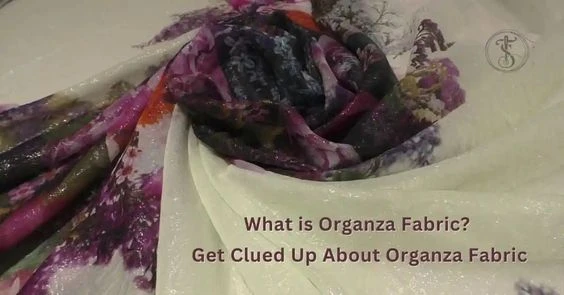
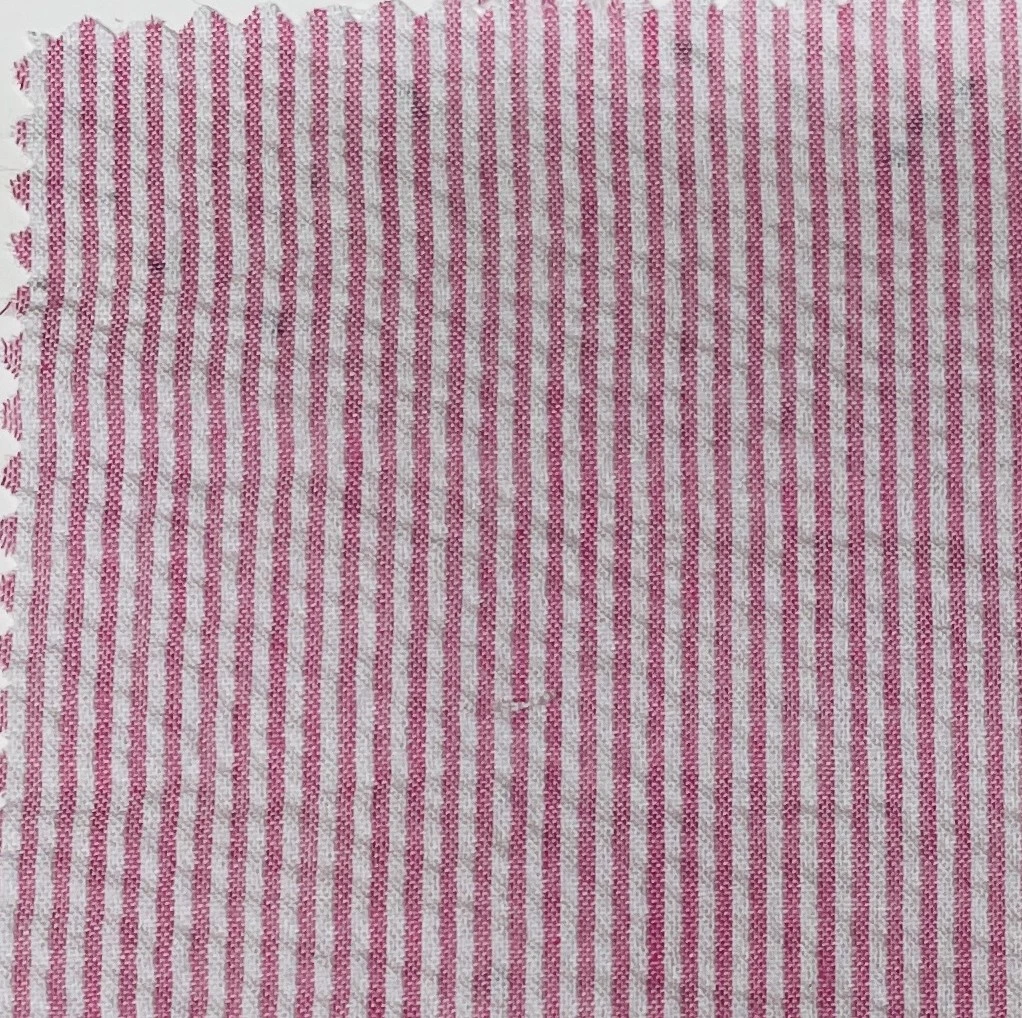
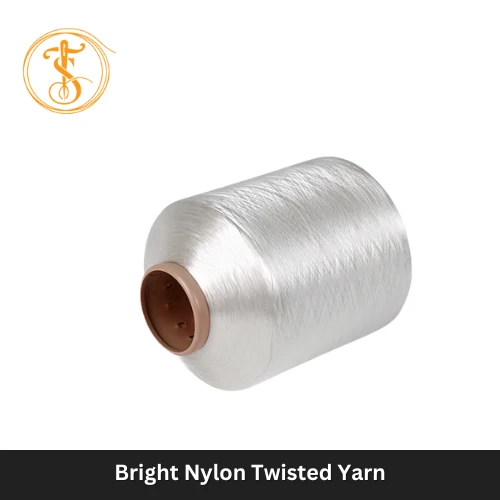
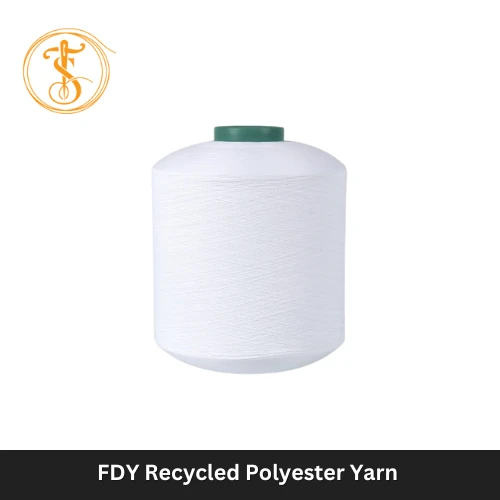
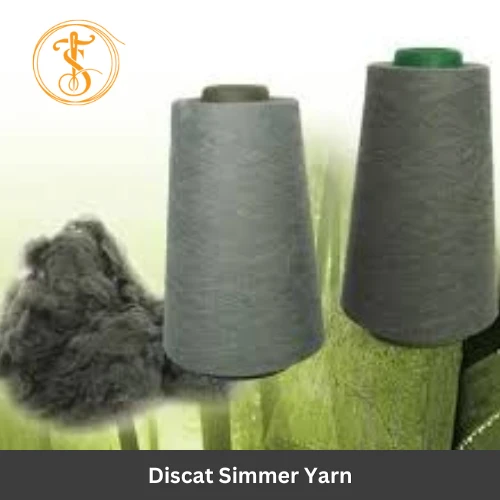
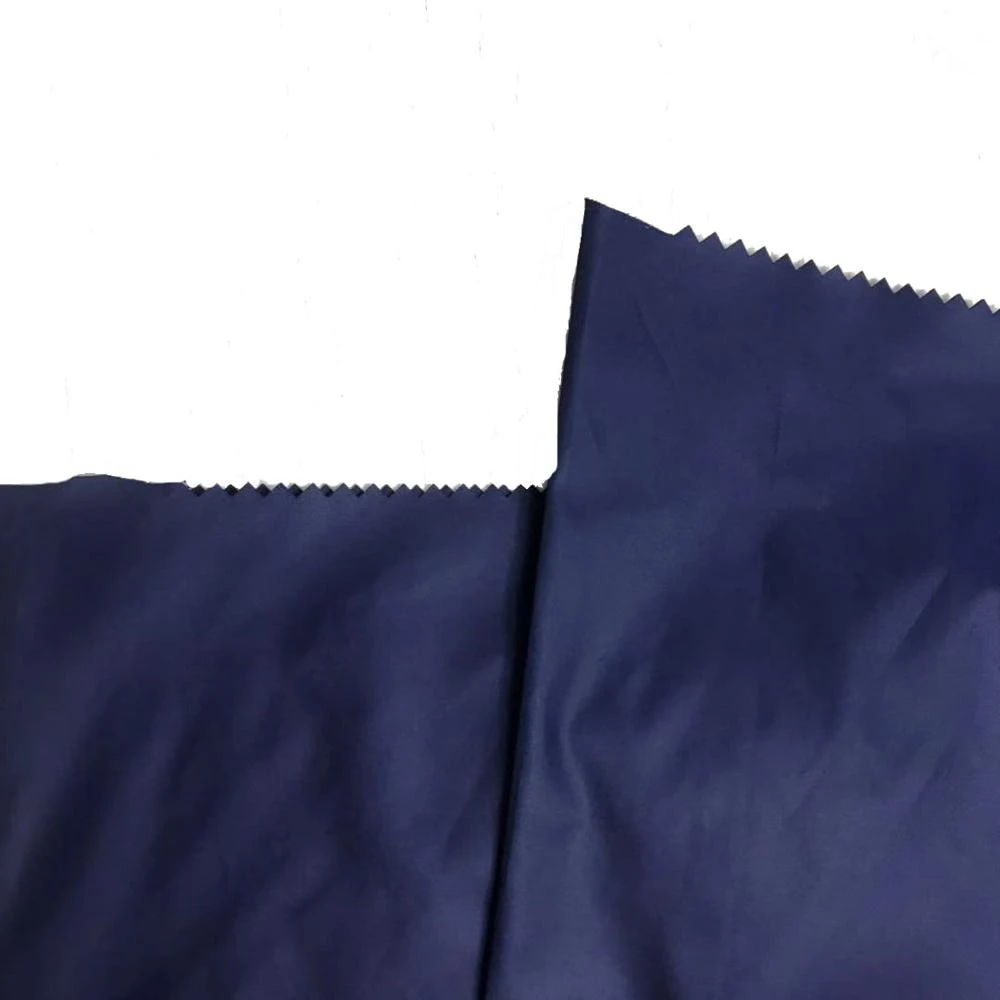





Comments - 00
Leave A Reply
Thanks for choosing to leave a comment.